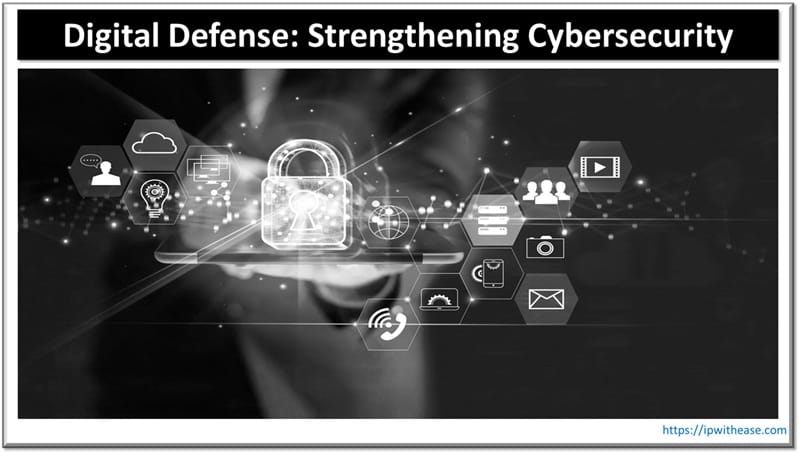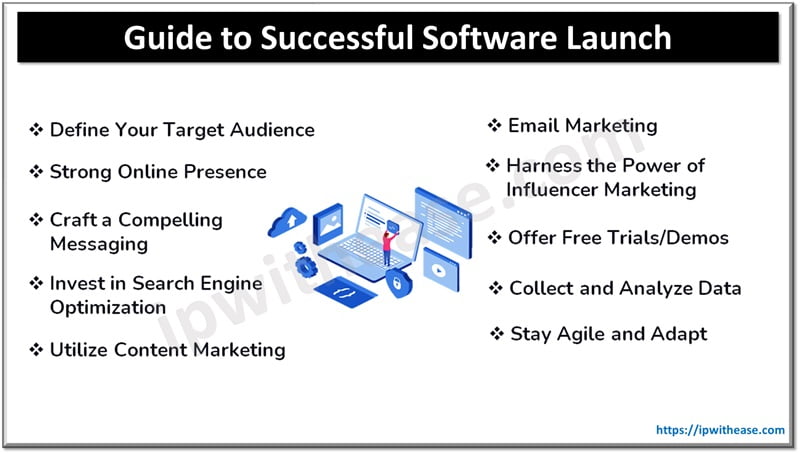What is Gamification in Healthcare App Development
The implementation of gamification in healthcare software is rapidly increasing. According to recent research, the international healthcare gamification market has reached $25.3 billion in 2020 and is still growing.
Gamification is one of the effective approaches to enhance the user experience. Gamification-based features are created when game mechanics and design methods are incorporated into non-game apps. They motivate users to interact with the healthcare app: e.g., adding activity & nutrition & mood self-reporting features along with biomarkers — progress bars are an essential part of gamification — teach people to make informed decisions about daily activities that contribute to their health because they can see the impact of those activities in the app.
Apps with gamification help health providers to record and monitor patients’ state of health. Application for brain health monitoring developed by Diversido.io team serves as a tool to track the emotional, cognitive and motor functions of a patient’s brain through game solving processes and interactive responses. Records and results allow doctors to monitor brain function and help physicians in the diagnosis of neurological disorders and conditions.
Gamification improves user engagement, accelerates learning, and enhances the retention rate of the solution (which is incredibly useful if, for instance, you’re dealing with med adherence apps).
This article will review the ways gamification is used in healthcare app development services .
How Gamification Impacts the Learning Process
Depending on the type of gamification, apps that increase health awareness provide information via three forms of learning:
- Visual (images, videos, animations, etc.). Keeps the users engaged with the colorful images and draws the attention with the attractive visual effects
- Auditory (sounds, rhythms, videos, sound effects, etc.). Enhances the interaction by usually strengthening the effects of what displays on the screen
- Self-learning form (choices, quizzes, score gaining, self-studies, help-desks, etc.). Enables the playing process with the use of different sorts of mini-games.
Each interaction with the learning process rewards players to get them to come back. Learning materials display essential health information to the patients and explain the importance of maintaining specific treatment habits. eLearning health apps also connect users to a community of people who might be having the same conditions as they are, develop the feeling of belonging, etc.
The effective rewarding system keeps players consistent in adopting healthy behaviors — they don’t forget to take their medications, exercise regularly, and, for instance, keep track of their blood sugar levels.
Gamification is beneficial for both healthcare providers and their patients. For the former, it enables getting more patient data to develop more accurate treatment strategies and allows them to see when and in what circumstances, for instance, a patient’s pain levels start to go up. Patients, on the other hand, gain more motivation to keep improving their health and become more educated in the process of using the mHealth app, more attentive to their emotional, mental, and behavioral health (and, as it’s already been said, sometimes even gain a supportive community).
How to Apply Gamification to Healthcare Application Development
As a rule, the type of gamification depends on the target audience of the app, the types of treatment it focuses on, and the main purposes of the app. For instance, the app can help users uncover more about their health, develop new healthy habits (or get rid of the harmful ones), motivate them to improve their physical health, and more.
The Most Successful Gamified Startups for Healthcare
Let’s now take a look at the specific examples of healthcare application types that use the gamification approach.
Apps for Medication Management for People with Chronic Condition
It’s challenging to develop and maintain routines and adhere to treatment plans in the modern world — we’re constantly busy, constantly running somewhere. According to the studies, as much as 50% of treatment failures for chronically ill patients happen because of non-adherence to the prescribed medications. Non-adherence to the defined treatment also causes 125,000 deaths per year.
The gamified medication apps make the process of following the prescribed treatment more engaging. Users receive task reminders and get in-app rewards for taking the medication, doing the prescribed activity, checking in with a doctor, filling up their reports, etc.
Examples of apps for adherence management: Mango Health and Carezone
Fitness and Nutrition Apps
Some apps are aimed at motivating users to exercise. The players can unlock the wellness achievements during hiking, cycling, running, doing yoga, etc.
Additionally, they receive a detailed analysis of their workout, including duration, the distance they walked or ran or hiked, heart rate, and even the amount of calories burnt during exercise.
Rewards are also given for completing customized milestones, like sticking to the nutrition plan or the workout routine for a month. Users are also usually able to share the success achieved on social media or within the app’s community.
Take a look at these apps — Zombies, Run!, Ableapp — for an example.
Apps for Rehabilitation and Physical Therapy
The gamified healthcare apps can also contribute to the people experiencing spinal trauma, people who are at risk of cardiovascular diseases, etc. Such patients often are very depressed about their condition, so they forget about following the treatment.
Returning to normal life after a serious car incident or a stroke takes months if not years. Thus while creating apps for such patients, it’s important to incorporate a progress tracking feature as well as offer rewards to motivate users to keep using the app and proceed with the treatment, and allow them to talk to people who are going through the same thing as they do.
Examples of rehabilitation apps are: Gesturetekhealth and Mindmaze
Healthcare Apps for Kids
It’s usually difficult for kids to keep taking prescribed medications or follow a healthy diet, so gamified apps could be of help for them, too. Additionally, apps, as it’s already been said, can also be a source of gamified info about the human body, diseases, ways to keep oneself healthy, and so on — all of that also can be pretty boring if delivered via a lecture.
When the process of learning is turned into a fun game, kids get easily involved in it. For example, healthcare apps for kids can have different levels which get unlocked if a user completes all the tasks during a specified period. Thus, if a kid was regularly taking all the medications or completing the daily step norm, they receive access to some advanced features.
Examples of such apps are Leapband and Vivofit jr.
Summary
Leveraging the gamification has the potential to simplify the achievement of small goals like daily medication taking — and culminate in reaching longer-term goals targeted at health improvement. It significantly improves patient outcomes and allows users to more easily achieve their health-related goals. Gamification is especially important for preventive healthcare, as it helps users incorporate good habits into their everyday life.
If you want to develop the mHealth app with gamified elements, make sure to profoundly research the chosen niche, analyze your competitors, and define what features would make users engaged in the healthcare process.
Continue Reading:
Different types of Mobile Apps: Pros & Cons to be considered
Mobile Application Testing Process: The Main Steps
ABOUT THE AUTHOR
IPwithease is aimed at sharing knowledge across varied domains like Network, Security, Virtualization, Software, Wireless, etc.



